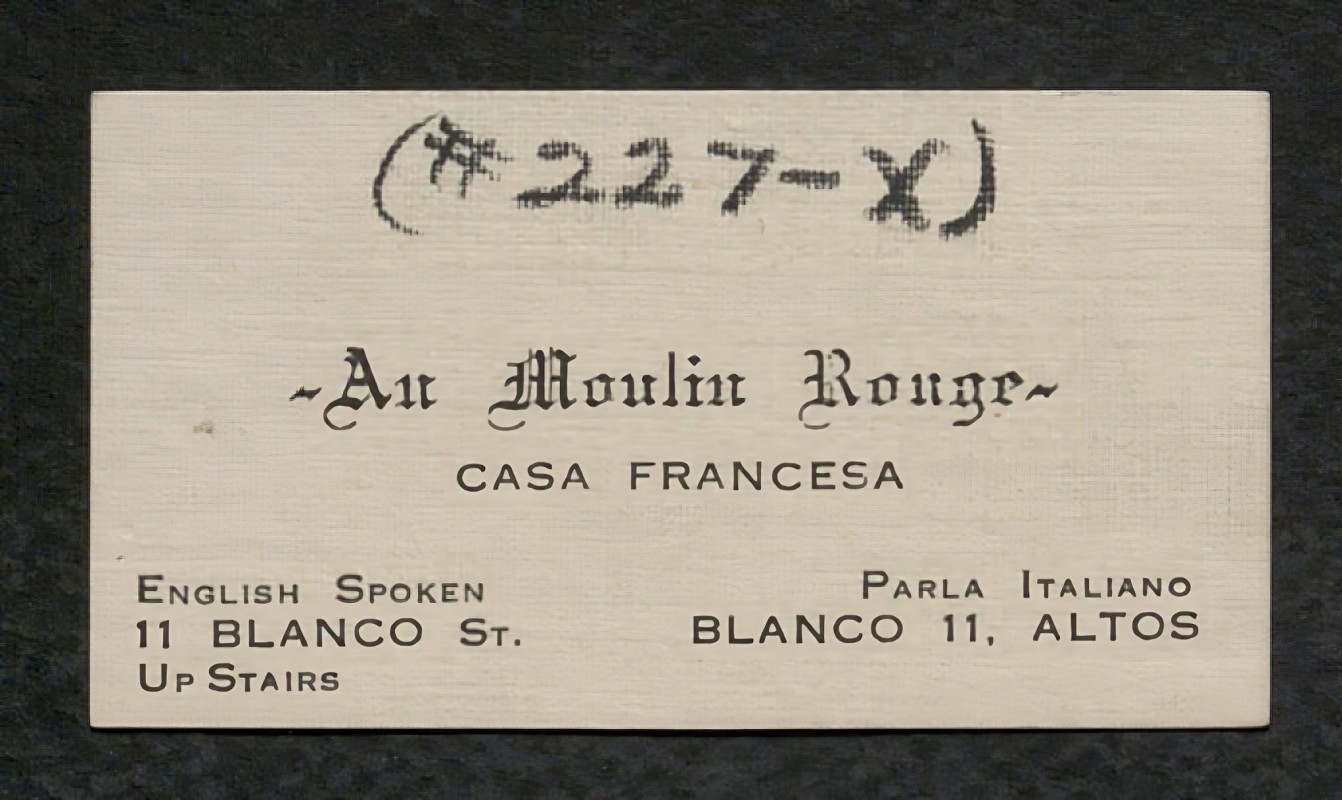Victims or migrants? New book explores the early 20th-century trafficking of French women
Associate Professor Elisa Camiscioli shines a light on a hidden piece of migration history

When you hear the words “sex trafficking,” what scenario springs to mind?
Maybe it’s the movie Taken, in which a CIA agent’s teenage daughter is kidnapped on a trip to Paris. While the popular film was released in 2008, the idea that sex trafficking largely involves innocent and passive victims forced into prostitution dates back to the 1870s.
The real situation, both in the past and the present, is more complex.
Binghamton University Associate Professor of History Elisa Camiscioli unravels some of that historical complexity in her new book. Selling French Sex: Prostitution, Trafficking, and Global Migrations takes a look at the cultural, social and economic history surrounding early 20th-century sex trafficking. During that period, French women worked in brothels around the world and were among the best-paid in the business.
The long association between Frenchness and the erotic may date back to the Napoleonic period, when France began to regulate prostitution, including a mandated registry of women and regular inspections for venereal disease. This system, informally known as the “French system,” was exported throughout Europe, the French colonies, and Central and South America, although it didn’t take off in the United States, Camiscioli said.
Fast forward a few decades into the early 20th century, when France was an immigrant-receiving nation, second only to the United States. It didn’t send many migrants abroad — although there was purportedly an outflux of French women for work in prostitution. You can blame World War I, which left many women widows, orphans or in otherwise difficult circumstances.
“France proportionately lost the most men during the First World War; nearly an entire generation of marriageable men was decimated,” Camiscioli explained. “This left many women in precarious economic positions.”
Camiscioli hopes that prospective readers go beyond the book’s second chapter, which delves into fantasies of French vice in the United States and Cuba through a detailed League of Nations report. Investigators went undercover into brothels and took copious notes, many of which weren’t released to the public at the time. The rest of the book, however, details the migration history that puts this information into context.
The murky ground between choice and coercion
While Camiscioli’s book focuses on Argentina, Mexico, the United States, Uruguay and Cuba, French women engaged in sex work ended up all over the globe, including Russia, other parts of Europe and North Africa. They weren’t alone; Jewish and Asian women also migrated for work in prostitution. The women’s experiences reside in a murky place between choice and coercion, with women often playing an active role.
Many of these women had already sold sex in France before migration and chose to emigrate for economic reasons. A Havana brothel, for example, paid five times more than one in Paris.
“For working-class women in this period, prostitution paid much better than other forms of women’s work, such as dressmaking, domestic service and factory work. Selling sex sometimes paid 20 to 30 times more than hat-making or being a laundress,” Camiscioli said.
Prostitution tends not to be a lifelong occupation, although some sex workers later went on to run brothels themselves. Instead, many women “aged out” and returned to France to marry or pursue other paid work — similar to migrants in other trades.
“People often saw it as a transitory stage in their lives,” Camiscioli said.
The early 20th century saw the rise of something else that sparked migrant trafficking: more restrictive international borders. Migration facilitators then and now are paid substantial sums to help migrants cross these borders. Once in their new country, migrants may also be subject to debt bondage schemes in which their passports are confiscated and they must labor for freedom.
During the early 20th century, French women under the age of 21 weren’t permitted to migrate without the permission of a parent or husband, so there was a lively trade in forged passports. Ship crews were also complicit in hiding the existence of female stowaways.
Like any migrant, these women wrote home and sent money to family. In their letters, they sometimes tell family members not to worry and that they’re happy with their choice to migrate. Other letters — such as the ones written by a 16-year-old in Argentina — allude to terrible experiences, although this writer ultimately achieved a kind of social mobility; she managed a Paris brothel by the time she reached 40.
“The trafficking narrative requires individuals to be innocent victims in order to be worthy of assistance,” Camiscioli said. “But this masks the bigger structural issues of why people are willing to take risky migrations.”
